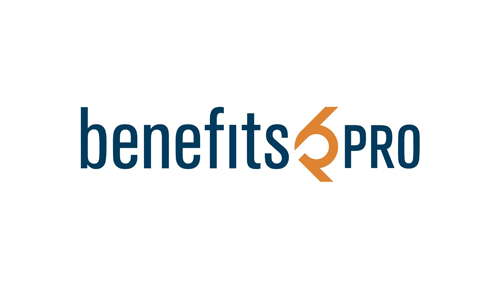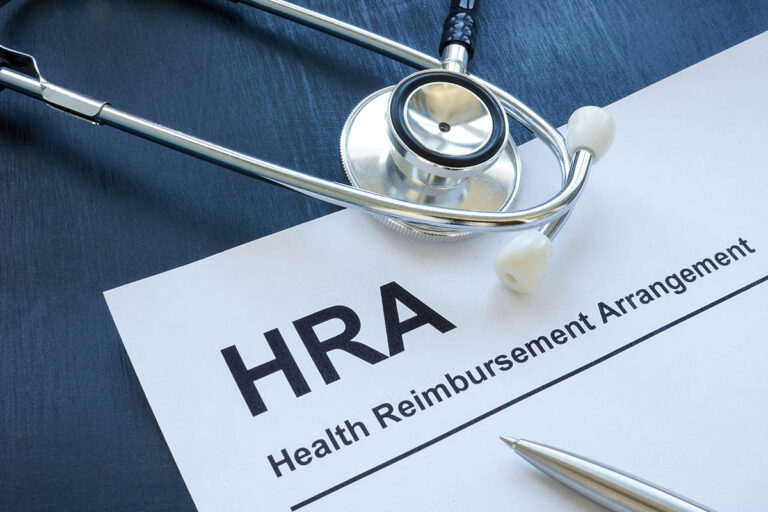
Compared to the flurry of regulatory changes in 2020 and 2021, 2022 seemed quieter for employee benefits compliance. However, many new rules are now taking effect that bring along with them increased government enforcement efforts and a higher likelihood of audits. Employers and their partners will need to monitor several new items going forward to ensure compliance. These are the employee benefits compliance priorities employers should consider in 2023.
Monitor Abortion Benefit Rules
The Supreme Court’s decision to overturn Roe v. Wade in the summer of 2022 replaced a national standard with the ability for states to create their own rules. Employers with employees in multiple states now face a complicated and shifting patchwork of abortion laws and regulations.
They do have several options to provide abortion-related travel and lodging reimbursement depending on their health plan and whether it is fully or self-insured. Common types of benefit programs designed to deal with this in existing health plans are health reimbursement arrangements (HRAs), excepted benefit HRAs and excepted benefit employee assistance programs (EAPs).
While the Dobbs decision was a significant single change, it introduces the possibility for many changes at the state level. As with other items on this list, this will require employers to regularly monitor and review the laws of each state where they have employees.
It’s also important to monitor developments at the federal level, as Congress could pass legislation that codifies the abortion protections in Roe, that impacts abortion access in other ways, or that even impacts other reproductive healthcare benefits.
Establish a Fiduciary Committee
Fiduciary committees, common in the case of retirement plans, are far less common for health and welfare (H&W) plans. New rules in the Consolidated Appropriations Act, 2021 (CAA) provide compelling reasons for employers to establish these committees.
Employer and plan sponsor fiduciaries are now required under ERISA (as amended by the CAA) to obtain fee disclosures from brokers, consultants and other covered service providers (CSPs) to ensure that their compensation is reasonable. CSPs receiving $1,000 or more from any group health plan must disclose any direct or indirect compensation they receive for services provided.
Impacted lines of coverage include self-insured and fully insured medical and prescription plans, dental and vision plans, health FSAs and HRAs, wellness plans, EAPs and more.
While the CSP must provide the compliant disclosure, it is the fiduciary’s responsibility to ensure that the disclosure is available and compliant. Otherwise, the employer may be liable for a prohibited transaction and subject to penalties.
Similar to when these rules were introduced for retirement plans, we will likely see litigation against plan fiduciaries and plan sponsors that failed to properly select, oversee and compensate CSPs.
Prepare to meet this requirement by establishing a H&W Plan Fiduciary Committee following the format of your retirement plan’s fiduciary committee, ensure that minutes of meetings are kept, and ensure that compliant fee disclosures are received and retained.
Confirm Mental Health Parity
The CAA also expanded the Mental Health Parity and Addiction Equity Act (MHPAEA) to require health plan sponsors to disclose, upon request by the DOL or other government agency, a new non-quantitative treatment limitation (NQTL) comparative analysis. This new requirement essentially requires that the terms and conditions applicable to mental health and substance abuse disorder benefits are not less favorable than the medical and surgical benefits in your plan.
This new requirement applies to all group health plans, both fully insured and self-insured, and the NQTL analysis must be accurate for the current plan year at the time it is requested. NQTL-related audits and private MHPAEA litigation are increasing, as the DOL has indicated that this requirement is an enforcement priority.
If the NQTL analysis has not been done, you should start the process right away. If it has been done, review it to ensure it meets MHPAEA requirements and review or revise your service provider contracts accordingly.
Next Steps
Every health and welfare program is different. Action may not be required on all of these items right now, but all employers will need to monitor these areas in 2023 and beyond.
Consult with your broker, compliance team and other trusted advisors. National, state and local rules may continue to change, and you need to be aware – and ensure your partners are aware – of these shifting requirements.





